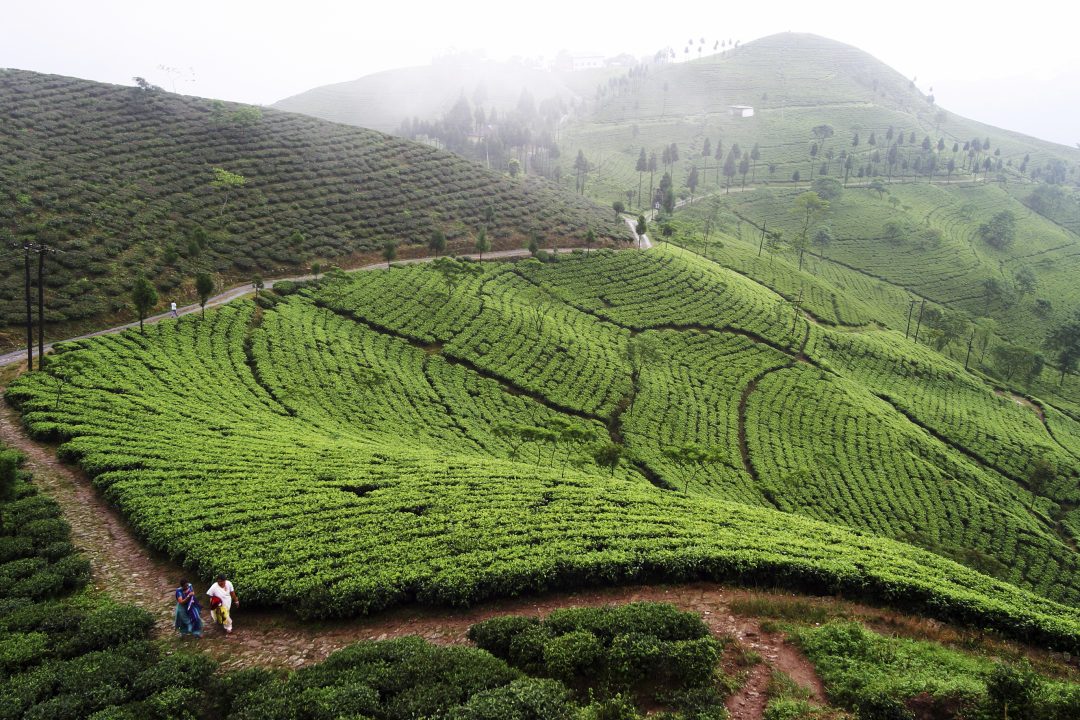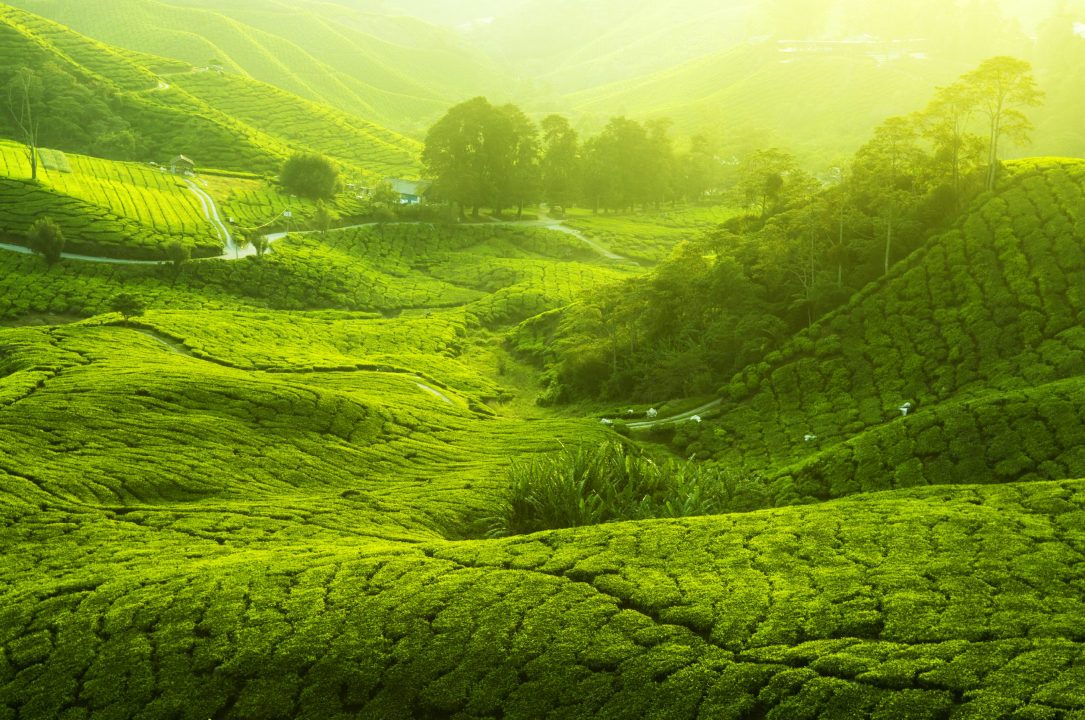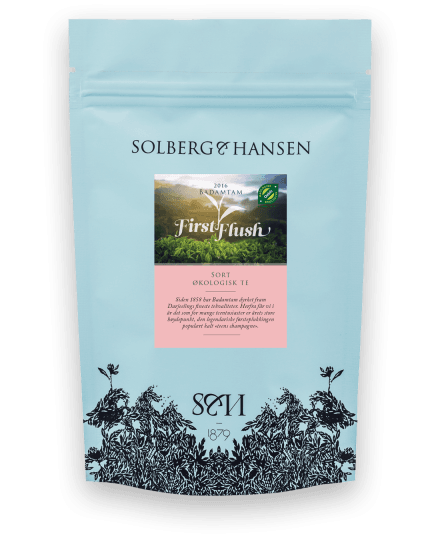On the southern slopes of the Himalayas, with the mighty Kanchenhunga mountain as a backdrop, lies the mythical region of Darjeeling. In this lush mountainous landscape, it's not just the views of snow-capped peaks that are spectacular. From here come some of the tea world's most sought-after shoots - the first pick of what is often referred to as the 'champagne of tea'.
British influence

Tea has been grown in Darjeeling since 1841. It was virtually deserted until the sweaty British came to the cool mountainous area after the occupation of Nepal. Not surprisingly, it was also an Englishman who introduced the area to the tea plant. With a quivering tea addiction, military doctor Dr. Campbell planted Chinese tea bushes in his garden in Darjeeling, where he had been transferred from Kathmandu two years earlier. The English then experimented with tea cultivation for a long time before the business was commercialized in the early 1850s.
"The one land that all men desire to see, and having seen once by even a glimpse would not give that glimpse for the shows of the rest of the world combined"
Mark Twain
The tea plantations in Darjeeling are located at altitudes of up to 2,000 meters above sea level, which is rare for tea cultivation. Tea bushes grow in streamlined formations along the green-covered slopes, and there are several factors that make these particular plantations offer what is considered one of the most complex and delicate taste experiences in the tea world. Its location in the foothills of the Himalayas lays the foundation. Here the sun is intense, but the temperature is cool with chilly winters. From the mountain peaks, crystal clear water flows down the shady slopes where the tea plants grow. Both a fresh mountain climate and a nutrient-rich soil affect the development of the tea plant. This is one of the factors that contribute to the elegant and floral flavors that are so characteristic of the Darjeeling growing region,

When the shoots are picked
The tea grown in Darjeeling is picked in several rounds, and each harvest offers teas with distinctive flavor characteristics. The most famous is called First Flush, which is the harvest of the very first tea shoots of spring. This harvest produces bright and fresh teas with complex and floral flavors. This is followed by an intermediate harvest before the second major harvest of the year, Second Flush, begins in mid-June. From this harvest, we tend to get stronger teas, both in appearance and taste. The last harvest of the year takes place in the fall and offers light and mild teas.
"The most famous is called First Flush, which is the harvest of the very first tea shoots of spring. This picking results in bright and fresh teas that offer complex and floral flavors""
Today, the tea plantations in Darjeeling are state-owned and are mainly rented out to Indian farmers. They are often referred to as tea gardens and there are close to a hundred in the area. Due to different growing conditions, processing methods and farming techniques, each garden offers a unique experience in the cup. Our Darjeeling First Flush comes from Badamtam Tea Estate, which is perhaps the most spectacularly located tea garden in the area. Just outside Darjeeling Town, in the Lebong Valley, Badamtam sits on a hill with the mighty Kanchenjunga Mountain as a backdrop. This area is home to some of the finest and most aromatic teas in all of Darjeeling. Here, the tea plants are grown at altitudes of up to 1800 meters above sea level. The first tea plants at Badamtam were planted way back in 1858 by Christine Barnes. The name of the tea garden translates to "Baboon that carries water". With a century and a half of tea production under their belt, Badamtam has developed methods and farming practices that have made their First Flush one of Darjeeling's most sought-after teas. This special First Flush tea is made from the very first shoots that appear on the tea bush in the spring. The harvest in Badamtam starts in late March/early April when the shoots are full of juice and aroma.
